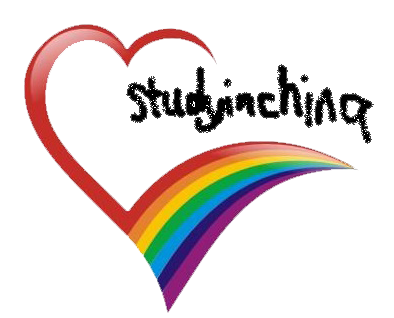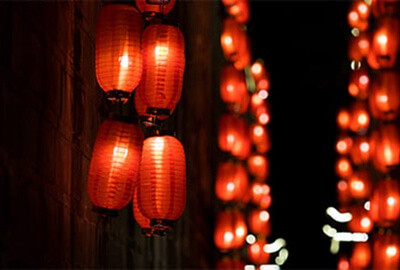
Geography
Location: Eastern Asia, bordering East China Sea, Korea Bay, Yellow Sea, and South China Sea, between North Korea and Vietnam.
Total Area: 9,596,960 sq km (land-9,326,410 sq km and water-270,550 sq km)
Climate: very diverse; Tropical in South to Subarctic in North.
Terrain: Plains, deltas and hills in the East; Mountains, high plateaus, deserts in West
Cities: Capital is Beijing, other major cities include Shanghai, Tianjin, Shenyang, Wuhan, Guangzhou, Chonqing, Harbin, and Chengdu
Natural Resources: Coal, iron ore, petroleum, natural gas, mercury, tin, tungsten, antimony, manganese, molybdenum, vanadium, magnetite, aluminum, lead, zinc, rare earth elements, uranium, hydropower potential (world’s largest), arable land
People
Nationality: Noun and adjective- Chinese (singular and plural)
Population (est July 2014): 1,355,692,576
Population growth rate (est July 2014): 0.44%
Health: Infant Mortality Rate of 14.79 deaths/1,000 live births, Life Expectancy of 75.15 years (male: 73.09 years and female: 77.43 years.
Religions: Officially Atheist Country.
Buddhist 18.2%, Christian 5.1%, Muslim 1.8%, folk religion 21.9%, Hindu < .1%, Jewish < .1%, other 0.7% (includes Daoist (Taoist)), unaffiliated 52.2%
Language: Standard Chinese or Mandarin (official; Putonghua, based on the Beijing dialect), Yue (Cantonese), Wu (Shanghainese), Minbei (Fuzhou), Minnan (Hokkien-Taiwanese), Xiang, Gan, Hakka dialects, minority languages
Ethnic Groups: 56 Ethnic Groups officially recognised by Chinese Government. Han Chinese 91.6%, Zhuang 1.3%, other (includes Hui, Manchu, Uighur, Miao, Yi, Tujia, Tibetan, Mongol, Dong, Buyei, Yao, Bai, Korean, Hani, Li, Kazakh, Dai and other nationalities) 7.1%
Economy
GDP per capita: $12,900 (est 2014), Labour force: 801.6 million, world leader in gross value of agricultural output; rice, wheat, potatoes, corn, peanuts, tea, millet, barley, apples, cotton, oilseed; pork; fish as well as industrial output; mining and ore processing, iron, steel, aluminium, and other metals, coal; machine building; armaments; textiles and apparel; petroleum; cement; chemicals; fertilizers; consumer products (including footwear, toys, and electronics); food processing; transportation equipment, including automobiles, rail cars and locomotives, ships, aircraft; telecommunications equipment, commercial space launch vehicles, satellites
Work force
(2008 est., 808 million):
Agriculture and forestry – 43%;
services – 32%
Government
In the politics of the People’s Republic of China, the Central People’s
Government forms one of three interlocking branches of power, the others being the Communist Party of China and the People’s Liberation Army.
Independence: Unification under the Qin (Ch’in) Dynasty 221 BC; Qing (Ch’ing or Manchu) Dynasty replaced by a republic on February 12, 1912; People’s Republic established October 1, 1949.
All power within the government of the People’s Republic of China is divided among several bodies:
●the legislative branch, the National People’s Congress
●the executive branch, the State Council
●the judicial branch, the Supreme People’s Court and the Supreme People’s Procuratorate
●the military branch, People’s Liberation Army(PLA) via the Central Military Commission
Universities
About us
Message
Fill In Your Contact Information And Verify
